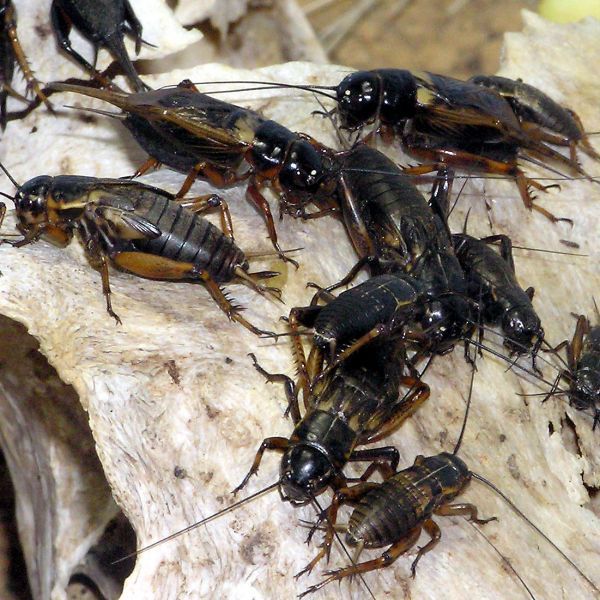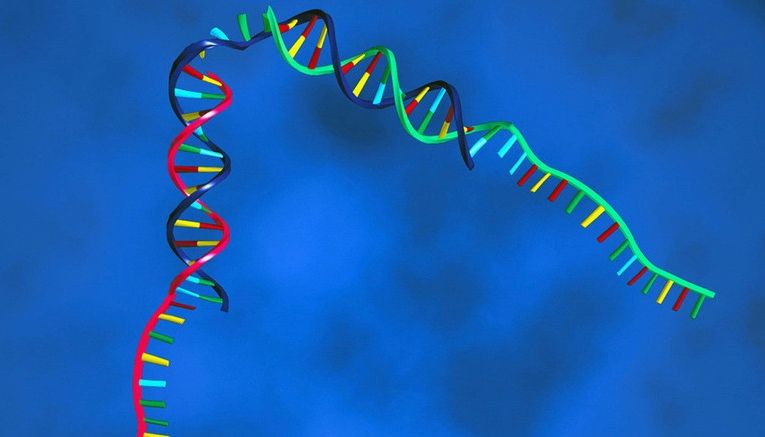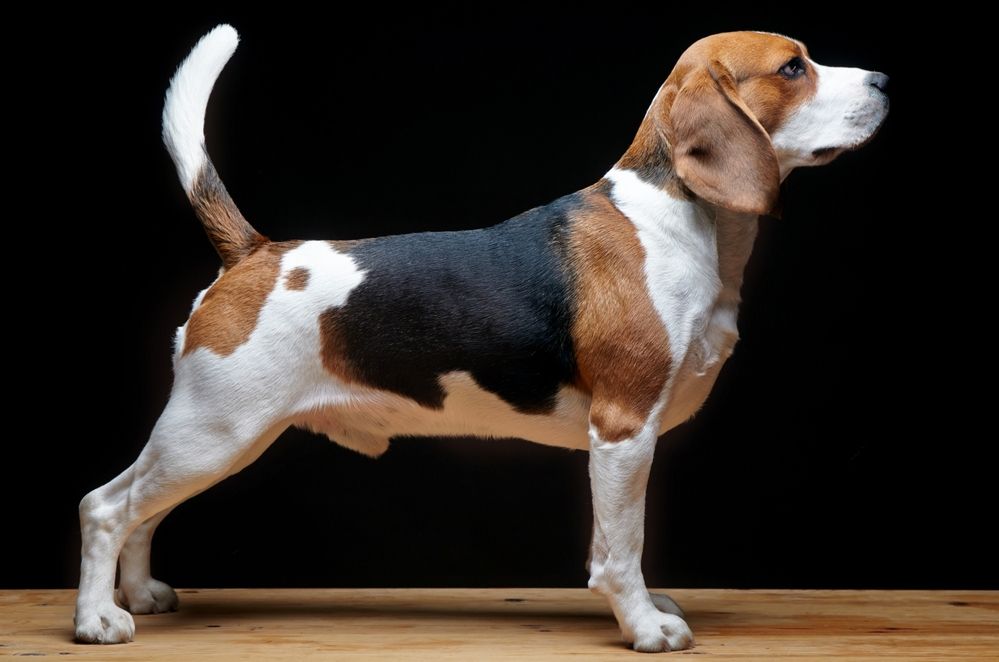Ed Boyden and Karl Deisseroth won Breakthrough Prizes for their discovery of optogenetics.


Ed Boyden and Karl Deisseroth won Breakthrough Prizes for their discovery of optogenetics.

Researchers just identified part of the epigenetic pathways responsible for limb regeneration in the two-spotted cricket Gryllus bimaculatus.
Cut off the leg of an insect, and not only will the insect survive, but the leg will also grow back after some time. Cut off the leg of a human, and they’ll bleed out without proper medical attention (alas for us). Ultimately, insects are able to accomplish this amazing feat because they retain the biological pathways required for cells to differentiate and reorganize at a wound site, which is required in order to regenerate entire limbs.
The processes involve the dedifferentiation and redifferentiation of cells; however, the exact nature of the process is largely a mystery. Fortunately, some light has recently been shed on the matter, as researchers at Okayama University identified key genes involved in the regenerative process of the two-spotted cricket, Gryllus bimaculatus.

Gooooood, good.
Big data will help crack the code on aging.
Two of the leading scientists at the edge of the medical revolution believe that our life expectancy could start creeping up toward the triple digits.
David Agus, a professor of medicine and engineering at the University of Southern California, said at the Fortune Global Forum on Monday that he believes that with our current technology humans have the potential to regularly live into their ninth or tenth decade.

A one-year-old girl is in remission after receiving an experimental therapy that used genetically engineered T-cells from a donor to kill her cancer.

Japan has developed a new genetically mutated strawberries, and it’s BLUE
http://9gag.com/gag/a8jvKOZ?ref=fbp

Two years after the FDA took action against the DNA-testing start-up, the company is now offering carrier screening tests for 36 conditions.

After a 10 year study of 3000 people, researchers have made the surprising discovery that hearts age differently in men and women.
We need personalised medicine
We know people age differently, both inside and outside. This is down to a complex interplay of genetics and environment, which leads to significant variation in the aging process for all of us. What we didn’t expect was that such a striking difference would emerge between the genders. So what does this mean? Could there be more we’re missing?

The much pursued fountain of youth can become a reality if humans agree to share their DNA information, according to Google Ventures’ CEO Bill Maris, who has warned that “we’re all going to die” earlier if we keep our genetic codes secret.
Maris, who aims to digitize DNA, stressed during a Wall Street Journal technology conference in California that our genomes “aren’t really secret,” urging those protective of their genetic information to loosen the reins a bit.
Noting that genetic material is constantly left lying around in public, Maris addressed those who remain nervous about the digitization of DNA. “What are you worried about?” he said on Tuesday, adding that a person could easily gather information by fishing a used cup out of the trash and taking it to a lab for analysis.

As long as they don’t enter the food supply.
First micropigs, now dogs: Scientists in China have used a gene-editing technique to produce the world’s first genetically engineered pooches. Although these two endeavors share scientific roots, with their production aimed at assisting medical research, unlike the teeny tiny pigs, the researchers behind this latest project are not intending to sell their customized animals as pets.
So it probably won’t come as a surprise that the dogs weren’t engineered to be cuter, fluffier or more pocket-sized: they had their DNA tweaked to make them more muscly. The first of many potential edits the team would like to carry out, this was done with the forces in mind.
With greater muscle mass, the dogs “are expected to have a stronger running ability, which is good for hunting, police (military) applications,” researcher Liangxue Lai from the Guangzhou Institutes of Biomedicine and Health told MIT Technology Review. Later on down the line, the scientists would like to manipulate the dog genome in order to mimic human diseases, which could better our understanding and treatment of certain conditions.